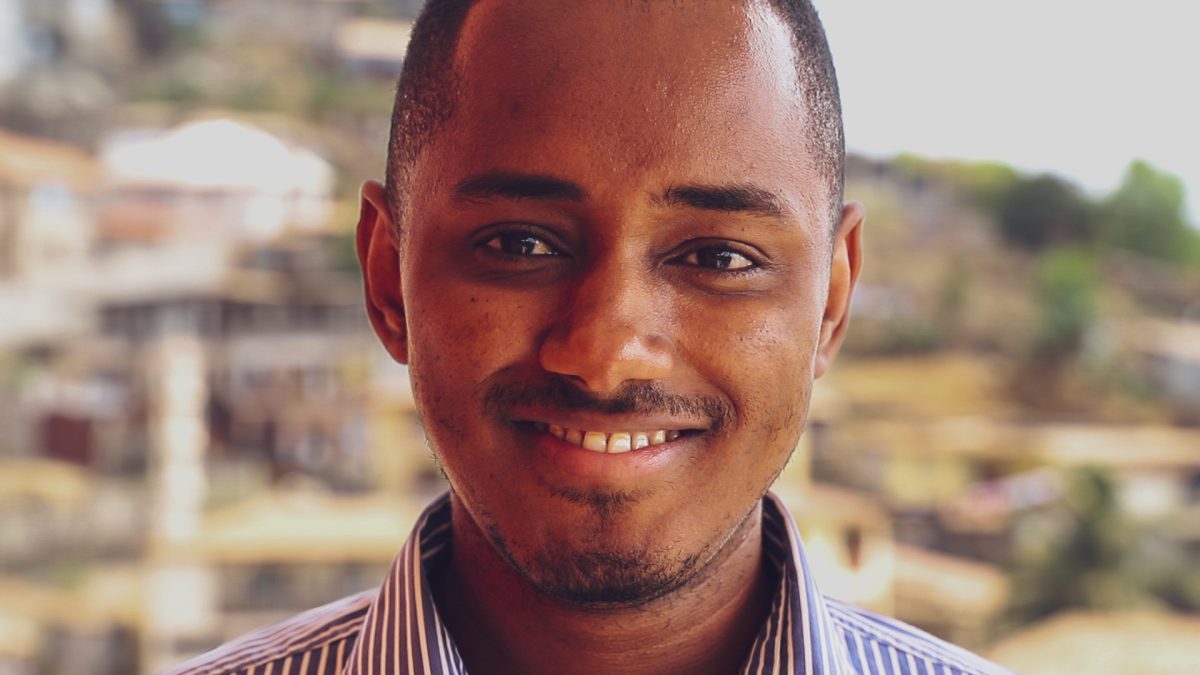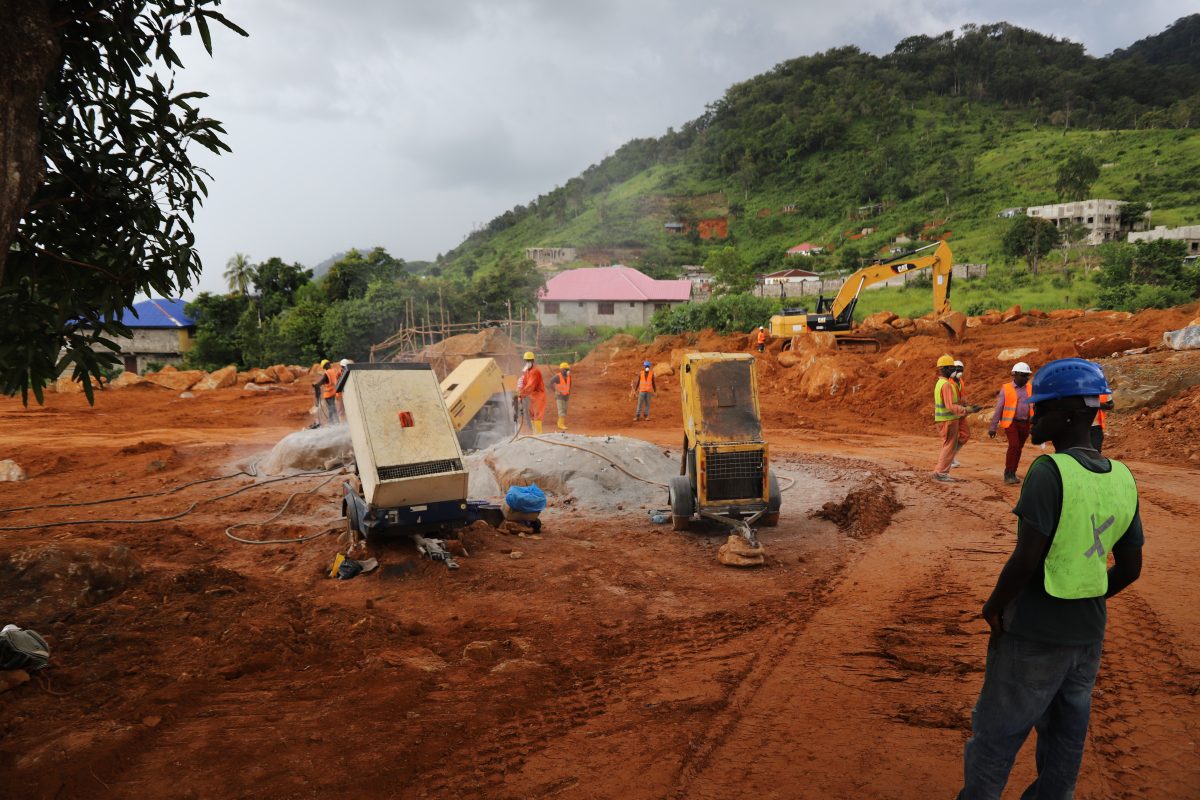
Over 90% of the water supply to Freetown, Sierra Leone is supplied from Guma Dam and Water
Treatment Plant. This facility as well as supply to the city of Freetown is managed by the Guma Valley
Water Company. It was estimated that 2 million litres of water were being lost every day. To help
address this issue, DT Global worked on the Freetown Water Supply Rehabilitation project, which was
funded by the Foreign, Commonwealth and Development Office (FCDO) and concluded last year.
Ibrahim Bah, Chief Engineer of the Guma Valley Water Company worked as the Client Project Manager for the project. He spoke with us recently on the impact of the work on the supply of water in Freetown.
This interview has been edited for length and clarity.

So the big challenge we had in terms of water access post-Ebola was the fact that we're losing roughly around 70% of our total water, starting from the dam, from leakages that we had, both at the treatment plant and throughout the distribution system. This is known as non-revenue water.
Coupled with the fact that we can only reliably generate about 30% of the total demand for Freetown, that 30%, which is the amount we can generate reliably without any leakage, without any system losses. That 30%, we were losing 70% of it.
This means that only 15% of our water demand gets to our consumers. That resulted in a lot of
challenges for the supply of water, such as rationing. This was a major challenge the project looked to address.
I think the most critical one was installing the new scour valve and then putting in a new gate valve at the foot of the dam. It was really a difficult job.
We also upgraded 3.1 kilometres of the most critical section of the transmission pipeline where we
experienced frequent bursts resulting in interruptions of supply. Before this replacement, we used to experience roughly 3-4 interruptions per month; however, since the upgrade completion we have only recorded two service interruptions overall, and this was in a separate section of the network.
Through these replacements, as well as other work throughout the project, we have reduced our non-revenue water from the 70% range to something like 40, 45%. It's difficult to get the exact figure, but definitely we know we have reduced the non-revenue water by at least 15%, which was an objective of the project that we achieved.
For me there are three things. First is the fact that we have been able to reduce non-revenue water significantly as I have said. Second, is the fact that now we can actually tell how much we are producing. Before the projects we didn't know how much was being sent to Freetown. It was just guesswork based on old knowledge.
The best way you can manage something is first if you can quantify it. Now, we can quantify how much we are sending so we can manage it well. We know exactly how much we're sending, for example, in Aberdeen, how much we're sending, to these different areas, which is really good. So we can manage those areas better, the people who are managing it now have something more we can account for because we know how much we are sending to them.

And third is quality. The water quality from the treatment plant now is very much improved compared to what it was before the project. So now we have confidence that we are sending in water that is very safe. And even myself personally, before now, I was afraid to consume the water. But now all of us in Guma, our confidence to consume the final product water has increased. And then we have a good relationship with our regulators because all the parameters that they are monitoring are being passed. These three are the most critical achievements that we have made as a result of the Freetown Water Supply Rehabilitation Project.